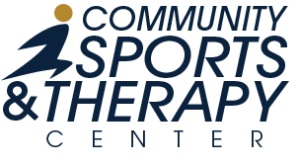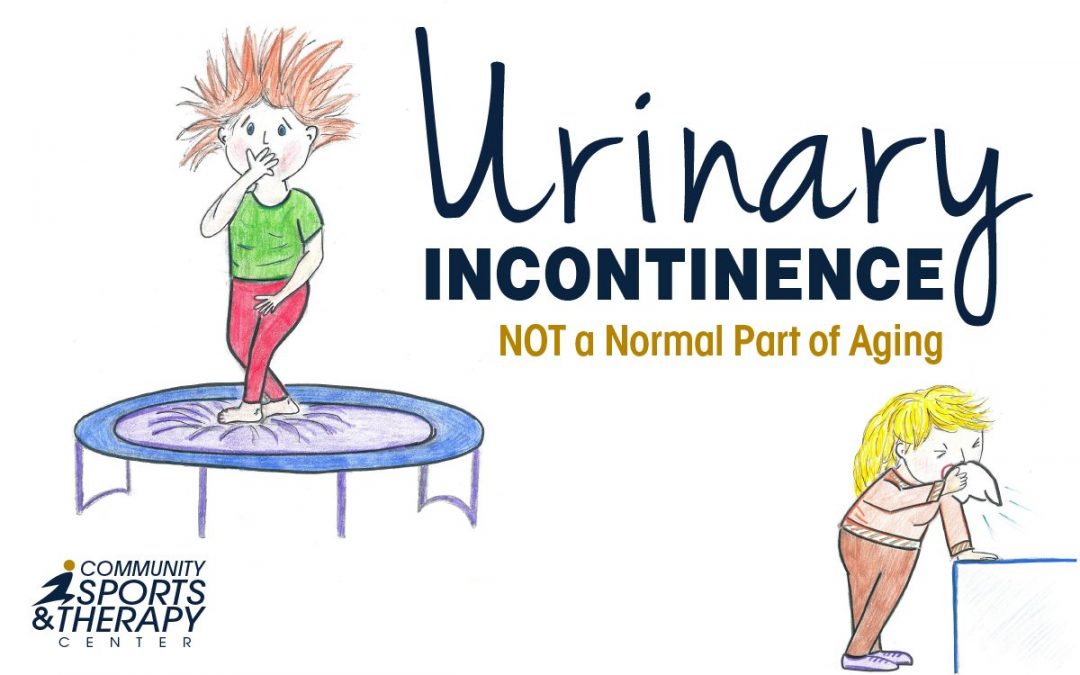Do you suffer from frequency and/or urgency issues or have trouble with leaking of urine? You are not alone! Our Women’s Health expert was recently asked the question:
“With my aging body and bladder, I have issues with many bouncing/jumping moves. What can I do to try to improve my pelvic or bladder area to prevent these issues?”
- If you are experiencing leaking of urine with activity (such as coughing, sneezing, laughing, running, jumping, walking, etc.), you are likely having symptoms of stress incontinence.
- If you have trouble getting to the bathroom quick enough (you get a strong urge and just can’t make it), you are likely having symptoms of urge incontinence.
- If you have to go to the bathroom frequently during the day or get up a lot at night, then you likely have frequency and/or urgency issues.
Many people experience these types of urinary incontinence issues, even though no one really wants to talk about them.
However, this should NOT be considered a “normal” part of aging and is NOT something that you just have to “live with”!
Many women experience urinary incontinence issues after giving birth. Men even experience this at times, mostly after having a procedure performed on the prostate gland. Physical therapy is an option to improve this problem.
Lisa Alig, PT at Community Sports & Therapy Center, has been treating patient for urinary incontinence for over 10 years, right here at Mercer Health!
In a quiet, private environment, patients have a comprehensive evaluation that includes assessment of posture, overall core stability, LE strength & pelvic floor function. HAVE NO FEAR – there will not be an invasive evaluation performed!
Of utmost importance, Lisa will first work with you to ensure that you are able to perform an effective pelvic floor contraction, aka a Kegel. Most people perform this move incorrectly, so it is so important to learn the correct way to perform it!
Following your evaluation, Lisa will develop a specialized treatment program for you. This will incorporate neuromuscular re-education, therapeutic exercises, behavioral strategies, education in bladder irritants, and education in the overall function of the urinary system.

